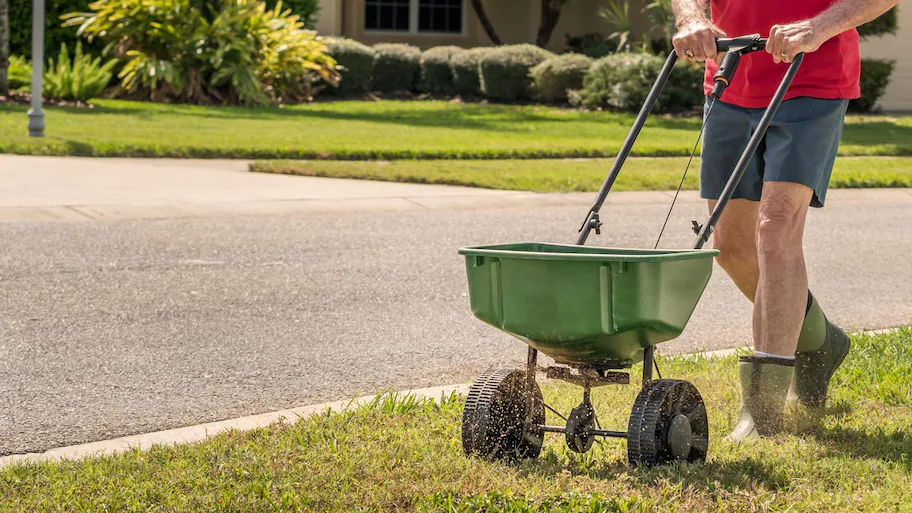
Get matched with top weed control pros in your area
Enter your zip and get matched with up to 3 pros
Matching on HomeAdvisor


Weed control pros in Seward
Roy Briley General Contracting serves many companies along with the general public. With nearly 200 real estate professionals, 500 rental doors, and thousands of HOA doors all needing construction services, we stay very busy. We understand that downtime is costly to the property owner, therefore, getting the resident back into their restored home is a high priority. From flood and fire mitigation, general remodeling, to basic maintenance issues, RBGC is the preferred contractor. With cost efficiency, professionalism, and general construction knowledge being critical for all construction projects, Roy Briley General Contracting works with all parties including Anchorage Building Safety for permitting to ensure a successful project. We have restored homes from the studs up and completed large commercial foundation drain projects. We complete hundreds of remodels each year! Quotes are free...give us a call today!
"I love Steve so much ; he always helps me with anything I need done ; anytime I call he is there within 3 minutes or less ; it’s been the most helpful experience I’ve ever had ; thank for for Steve !!!!!"
DeAnna M on November 2022
Roy Briley General Contracting serves many companies along with the general public. With nearly 200 real estate professionals, 500 rental doors, and thousands of HOA doors all needing construction services, we stay very busy. We understand that downtime is costly to the property owner, therefore, getting the resident back into their restored home is a high priority. From flood and fire mitigation, general remodeling, to basic maintenance issues, RBGC is the preferred contractor. With cost efficiency, professionalism, and general construction knowledge being critical for all construction projects, Roy Briley General Contracting works with all parties including Anchorage Building Safety for permitting to ensure a successful project. We have restored homes from the studs up and completed large commercial foundation drain projects. We complete hundreds of remodels each year! Quotes are free...give us a call today!
"I love Steve so much ; he always helps me with anything I need done ; anytime I call he is there within 3 minutes or less ; it’s been the most helpful experience I’ve ever had ; thank for for Steve !!!!!"
DeAnna M on November 2022
Weed control services FAQs
To choose a weed removal service, make sure they have a license to do the job. Weed-killing chemicals are dangerous, and most states and counties require licenses for professional weed control. Check for the appropriate license on the company’s website and social media pages, or call and ask them directly. Otherwise, read customer reviews online and look for potential red flags in the Better Business Bureau’s company database. Finally, call them and ask about their treatment rate, experience level, and client testimonials.
Before the weed removal pro arrives, have your yard’s total square footage ready and note any accessibility issues like steep slopes or rocky areas. Inform them if you know the types of weeds present, as this affects treatment. Mention any preferences for eco-friendly or pet-safe herbicides. Lastly, discuss scheduling that fits your routine and ask for an estimate and timeline.
Consider tackling other lawn maintenance tasks when scheduling weed removal. Lawn care tasks like mowing, general yard work, and pest control are performed well with weed control services. It’s also an excellent opportunity to start landscaping projects like planting an herb garden or adding decorative stones to enhance your yard.
Manually pulling weeds offers immediate, chemical-free results and targets specific weeds without affecting other plants. It's ideal if you prefer eco-friendly methods and have concerns about children or pets. Herbicide sprays tackle large infestations and deep-rooted weeds more efficiently but involve chemicals. Choosing between them depends on your lawn’s needs and your preferences.
After applying herbicide, most weeds begin to show signs of wilting or discoloration within a few days to a week. Complete weed death often occurs within two to four weeks, depending on the type of herbicide used and the weed species. This timeline allows you to schedule follow-up treatments or lawn maintenance to promote healthy, lasting results.





- Birmingham
- Phoenix
- Tucson
- Fresno
- Long Beach
- Los Angeles
- Modesto
- Sacramento
- San Diego
- San Francisco
- San Jose
- Denver
- Hartford
- Washington DC
- Fort Lauderdale
- Jacksonville
- Miami
- Orlando
- Tampa
- Atlanta
- Chicago
- Indianapolis
- Louisville
- New Orleans
- Baltimore
- Boston
- Detroit
- Grand Rapids
- Minneapolis
- Saint Paul
- Kansas City
- Saint Louis
- Las Vegas
- Albany
- New York
- Asheville
- Charlotte
- Greensboro
- Raleigh
- Winston Salem
- Cincinnati
- Cleveland
- Columbus
- Oklahoma City
- Portland
- Harrisburg
- Philadelphia
- Pittsburgh
- Providence
- Memphis
- Nashville
- Austin
- Dallas
- El Paso
- Fort Worth
- Houston
- San Antonio
- Salt Lake City
- Norfolk
- Richmond
- Virginia Beach
- Seattle
- Madison
- Milwaukee



